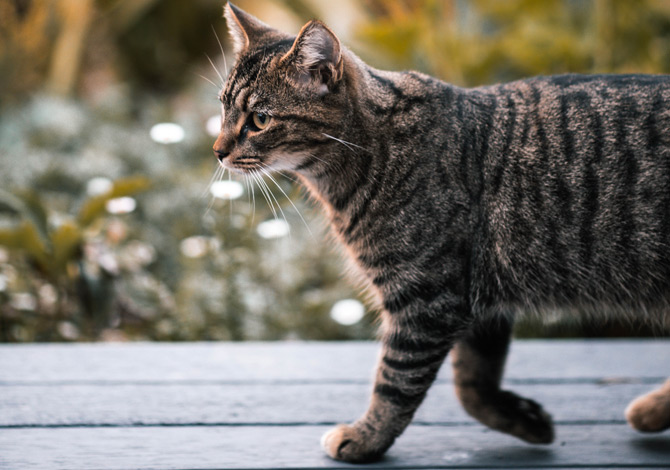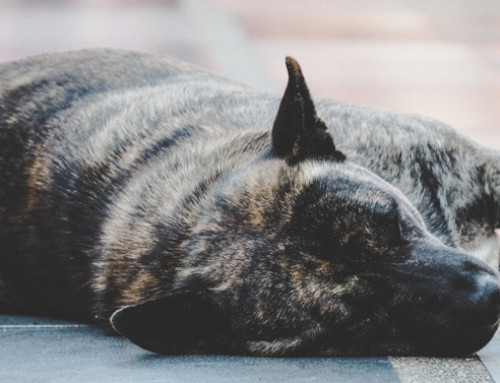If you have a purring pal or are considering adopting a meowing mate, keep on reading to discover how you can become an eco-friendly cat owner.
From adopting a cat and carefully choosing your kitty litter to buying eco-friendly cat food, there are lots of ways to become a ‘green’ cat owner. Here are a few ideas to get you started.
Your guide to becoming an eco-friendly cat owner
Okay, so at this point you might be asking why you need to become an eco-friendly cat parent. Well, the answer to that is it’s all about reducing our carbon pawprint.
Without a doubt, the way in which we live puts huge demands on the planet. Looking into how we can become more environmentally conscious cat parents takes into account waste reduction and sustainability. Ultimately, it’s about doing the right thing.
Paws for thought
What goes into the food you are feeding your feline friend? Is the packaging biodegradable? These are the types of questions we should be asking ourselves.
A possible option is to buy natural and organic food, or to make your own homemade cat food. By doing this you may help support more sustainable methods of harvesting and reduce the number of pet food tins in your bin.
Note: If you do intend to make your cat food, it’s worthwhile doing your research first. You must ensure you are giving your cat all the minerals and nutrients it needs to stay healthy.
The problem with cat poop
Did you know that traditional clay-based kitty litter is bad for the environment? Well, now you do. The problem lies in the mining process. Not only does mining result in the loss of forests and natural flora and fauna, but it also impacts native wildlife and destroys their homes.
So what’s the alternative? If you want to become an eco-friendly cat owner, opt for a natural, biodegradable alternative. You can use wood chippings, recycled shredded paper or even the discarded shells of walnuts.
Some natural litters, such as clumping clay, can be used for compost. By digging it into the garden, you’re reducing the amount of waste going into landfill.
Opt for biodegradable toys and bedding
Up until now, most pet parents tend to choose plastic for toys and bedding. Essentially, this is because it’s easy to wipe down and doesn’t harbor germs.
However, the issue with plastic and rubber-based toys and bedding is two-fold. Firstly, they can contain chemicals, which are bad for the environment and your cat’s health. Secondly, once you’ve finished with them they end up in landfill, adding to the waste problem.
To minimise the health risks and to become a more eco-friendly cat owner instead opt for ‘non-toxic’ and eco-friendly’ alternatives. Natural fibres, such as hemp are great. Not only is hemp durable, but it’s also anti-bacterial and anti-microbial.
Cleaning up after your kitty
Cats have accidents and they can make a mess. However, in a bid to become a more eco-friendly cat owner, it’s important to make wise choices when it comes to selecting your household cleaners.
One of the big issues with chemical-based cleaners is that they go down the sink or end in landfill and release toxins into our waterways. These toxins can then potentially work their way back into the food chain or poison native wildlife.
Making a conscious choice to use natural cleaning solutions or only purchasing ‘environmentally-friendly’ products can go a long way to keeping our pets and other animals safe.
Keep your kitty by your side
Sadly, our adorable feline friends are considered one of the biggest pests in Australia. They are responsible for killing or endangering native birds and other wildlife.
Furthermore, cats that have yet to be spayed or neutered are mating with feral cats, adding to the growing number of wild cats and putting added stress on rescue shelters.
So, while you might think it’s cute to have a free-roaming cat, it’s important to think of the consequences. Indeed, many councils have already introduced cat curfews to tackle this growing problem.
However, if you happen to live in a state where cats are still allowed to roam free, it’s worthwhile introducing your own cat curfew. At the very least, add a bell to your cat’s collar to help alert native wildlife to your kitty’s whereabouts.
Certainly, it’s unlikely you’ll turn into an eco-friendly cat owner overnight. However, any steps you can take to reduce your carbon foot (and paw) prints are steps in the right direction!
What actions have you taken to become a more eco-friendly cat owner?
Image source: Unsplash.com







Leave A Comment